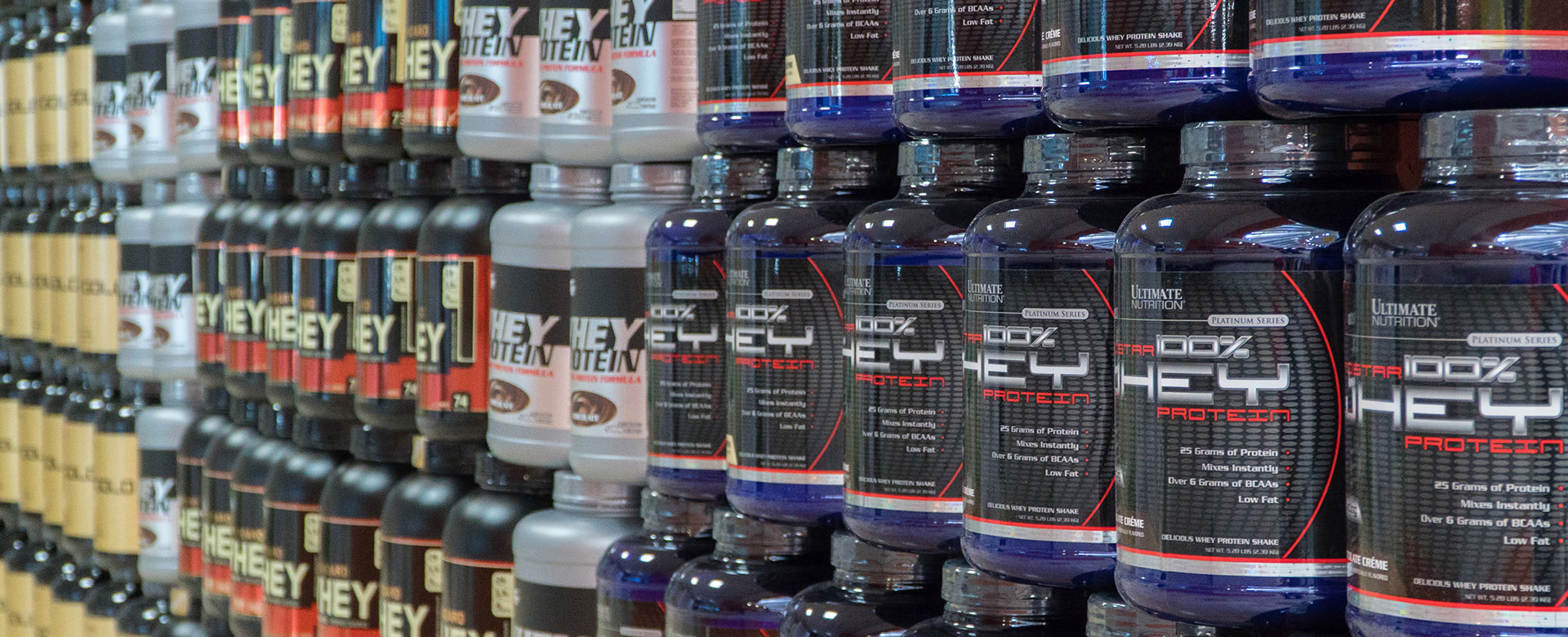The Design Strategy
As a new brand with a wide portfolio of products planned for launch, it was imperative we develop a brand identity that was not just visually distinctive but was anchored strongly on unmet consumer needs.
We therefore, approached the design through two strategic lenses:
Positioning & Naming: A brand name that intuitively linked the product and the larger portfolio it would extend to, with the world of “fitness”. Research pointed to a need to target a wider consumer base of fitness buffs, athletes & sports enthusiasts as against just body builders. So, while whey proteins deliver muscle building, the brand had to extend to a larger benefit canvas – that of enabling fitness.
The name Fitbell was derived as a portmanteau of the two core words we associated with the brand – fitness & the ubiquitous equipment that signifies fitness “kettlebell”.
Pack Design: We were convinced there was merit in breaking category norms for pack structure – that shape and form as a means to drive distinction & impact on the shelf were critical.
Our research revealed a key insight; consumption of whey protein happens after workouts in a gym and could be at multiple locations – at home, at the local gym, at the office – and so, for consumers, ‘portability” would allow convenience and therefore, be extremely desirable…The kettlebell’s shape – and specifically, the handle on it inspired our structural exploration.
To further accentuate the differentiation, we chose a move away from bright, neon, blocky colours to a classy, premium black & white palette.
